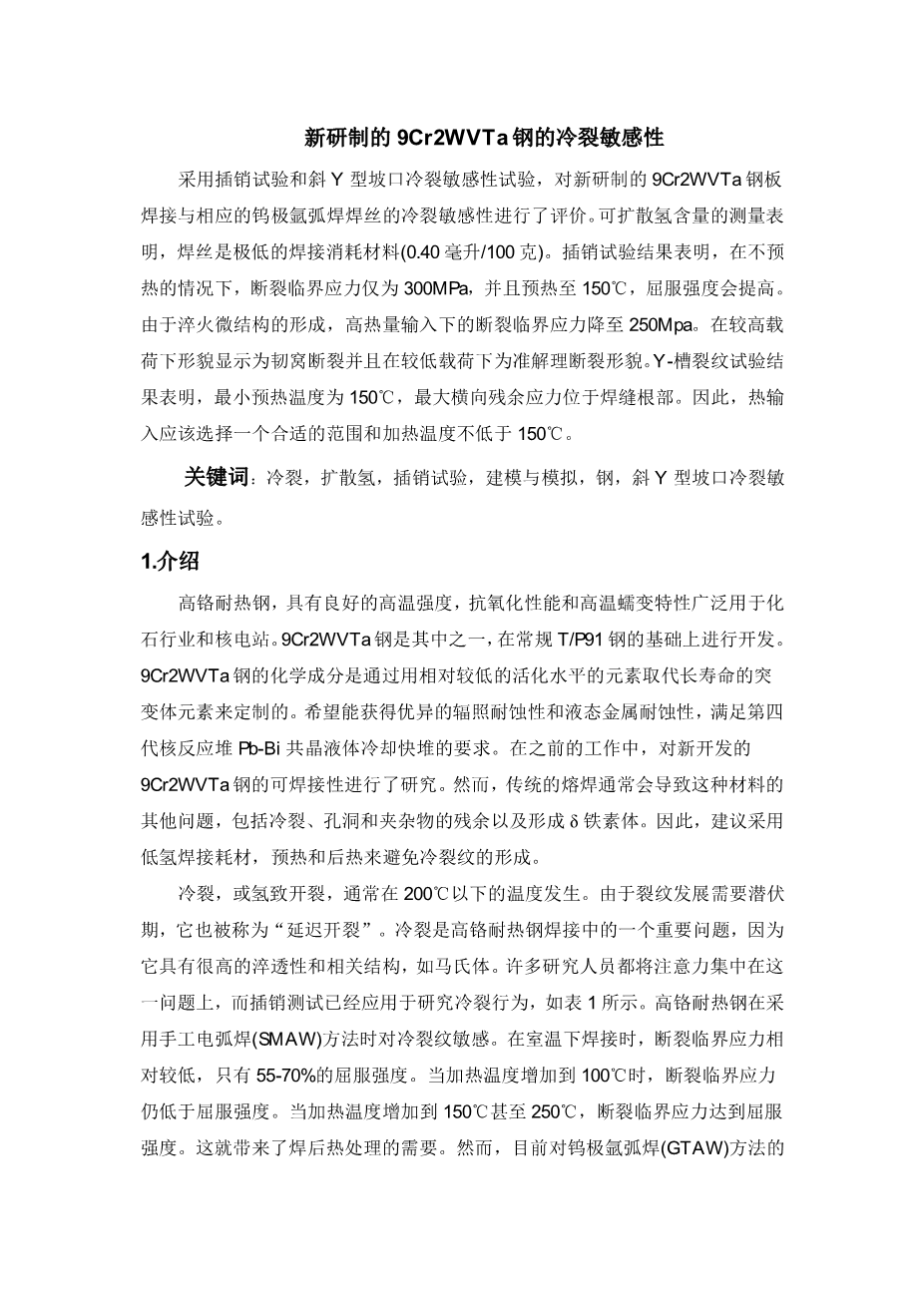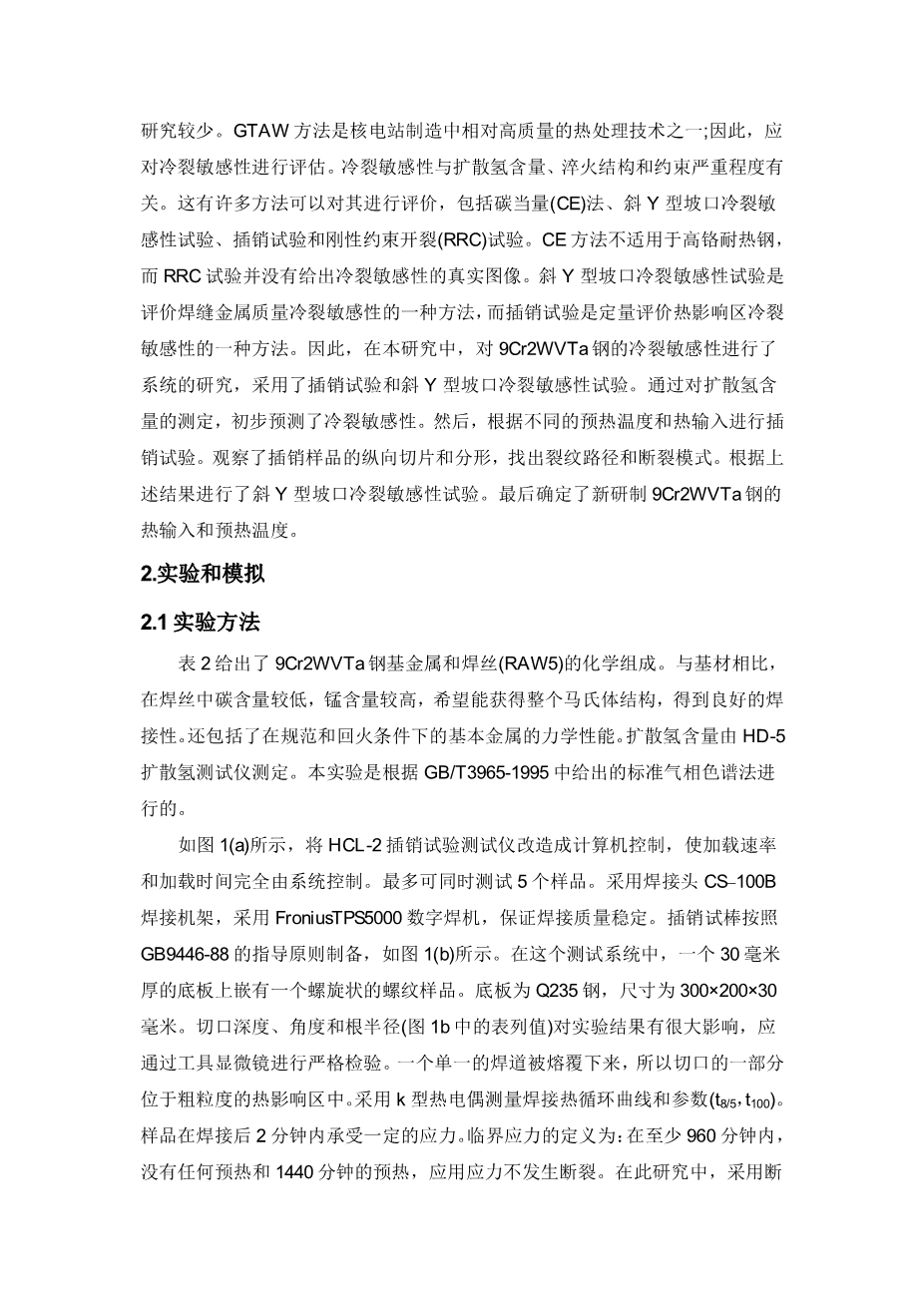

英语原文共 14 页,剩余内容已隐藏,支付完成后下载完整资料
毕业论文(设计)文献翻译
院 系: 计算机科学与技术学院
专 业: 计算机科学与技术
班 级: 计1603
姓 名: 王悦
指导教师: 管昕洁
2020年2月23日
Bigtable: A Distributed Storage System for Structured Data
Abstract
Bigtable is a distributed storage system for managing structured data that is designed to scale to a very large size: petabytes of data across thousands of commodity servers. Many projects at Google store data in Bigtable, including web indexing, Google Earth, and Google Finance. These applications place very different demands on Bigtable, both in terms of data size (from URLs to web pages to satellite imagery) and latency requirements (from backend bulk processing to real-time data serving). Despite these varied demands, Bigtable has successfully provided a flexible, high-performance solution for all of these Google products. In this paper we describe the simple data model provided by Bigtable, which gives clients dynamic control over data layout and format, and we describe the design and implementation of Bigtable.
1 Introduction
Over the last two and a half years we have designed, implemented, and deployed a distributed storage system for managing structured data at Google called Bigtable. Bigtable is designed to reliably scale to petabytes of data and thousands of machines. Bigtable has achieved several goals: wide applicability, scalability, high performance, and high availability. Bigtable is used by more than sixty Google products and projects, including Google Analytics, Google Finance, Orkut, Personalized Search, Writely, and Google Earth. These products use Bigtable for a variety of demanding workloads, which range from throughput-oriented batch-processing jobs to latency-sensitive serving of data to end users. The Bigtable clusters used by these products span a wide range of configurations, from a handful to thousands of servers, and store up to several hundred terabytes of data. In many ways, Bigtable resembles a database: it shares many implementation strategies with databases. Parallel databases [14] and main-memory databases [13] have achieved scalability and high performance, but Bigtable provides a different interface than such systems. Bigtable does not support a full relational data model; instead, it provides clients with a simple data model that supports dynamic control over data layout and format, and allows clients to reason about the locality properties of the data represented in the underlying storage. Data is indexed using row and column names that can be arbitrary strings. Bigtable also treats data as uninterpreted strings, although clients often serialize various forms of structured and semi-structured data into these strings. Clients can control the locality of their data through careful choices in their schemas. Finally, Bigtable schema parameters let clients dynamically control whether to serve data out of memory or from disk.
Section 2 describes the data model in more detail, and Section 3 provides an overview of the client API. Section 4 briefly describes the underlying Google infrastructure on which Bigtable depends. Section 5 describes the fundamentals of the Bigtable implementation, and Section 6 describes some of the refinements that we made to improve Bigtablersquo;s performance. Section 7 provides measurements of Bigtablersquo;s performance. We describe several examples of how Bigtable is used at Google in Section 8, and discuss some lessons we learned in designing and supporting Bigtable in Section 9. Finally, Section 10 describes related work, and Section 11 presents our conclusions.
2 Data Model
A Bigtable is a sparse, distributed, persistent multidimensional sorted map. The map is indexed by a row key, column key, and a timestamp; each value in the map is an uninterpreted array of bytes. (row:string, column:string, time:int64) → string
Figure 1: A slice of an example table that stores Web pages. The row name is a reversed URL. The contents column family contains the page contents, and the anchor column family contains the text of any anchors that reference the page. CNNrsquo;s home page is referenced by both the Sports Illustrated and the MY-look home pages, so the row contains columns named anchor:cnnsi.com and anchor:my.look.ca. Each anchor cell has one version; the contents column has three versions, at timestamps t3, t5, and t6.
We settled on this data model after examining a variety of potential uses of a Bigtable-like system. As one concrete example that drove some of our design decisions, suppose we want to keep a copy of a large collection of web pages and related information that could be used by many different projects; let us call this particular table the Webtable. In Webtable, we would use URLs as row keys, various aspects of web pages as column names, and store the contents of the web pages in the contents: column under the timestamps when they were fetched, as illustrated in Figure 1.
Rows
The row keys in a table are arbitrary strings (currently up to 64KB in size, although 10-100 bytes is a typical size for most of our users). Every read or write of data under a single row key is atomic (regardless of the number of different columns being read or written in the row), a design decision that makes it easier for clients to reason about the systemrsquo;s behavior in the presence of concurrent updates to the same row.
Bigtable maintains data in lexicographic order by row key. The row range for a table is dynamically partitioned. Each row range is called a tablet, which is the unit of distribution and load balancing. As a result, reads of sho
剩余内容已隐藏,支付完成后下载完整资料
资料编号:[254366],资料为PDF文档或Word文档,PDF文档可免费转换为Word
以上是毕业论文外文翻译,课题毕业论文、任务书、文献综述、开题报告、程序设计、图纸设计等资料可联系客服协助查找。


